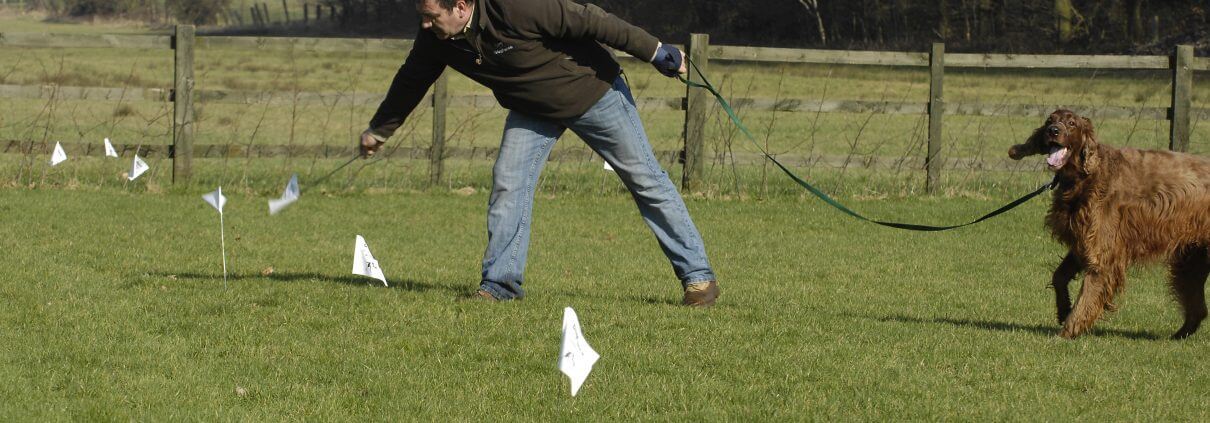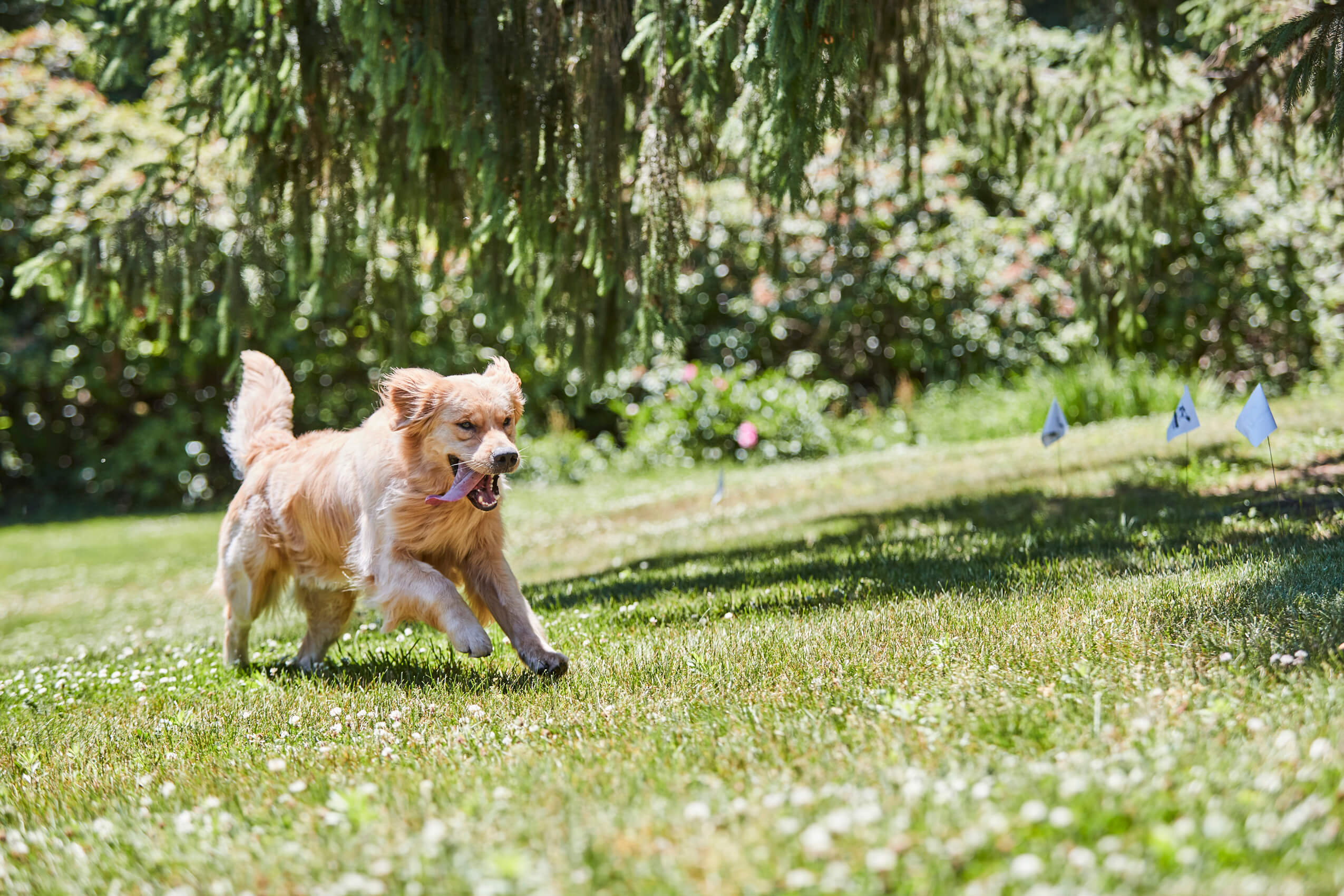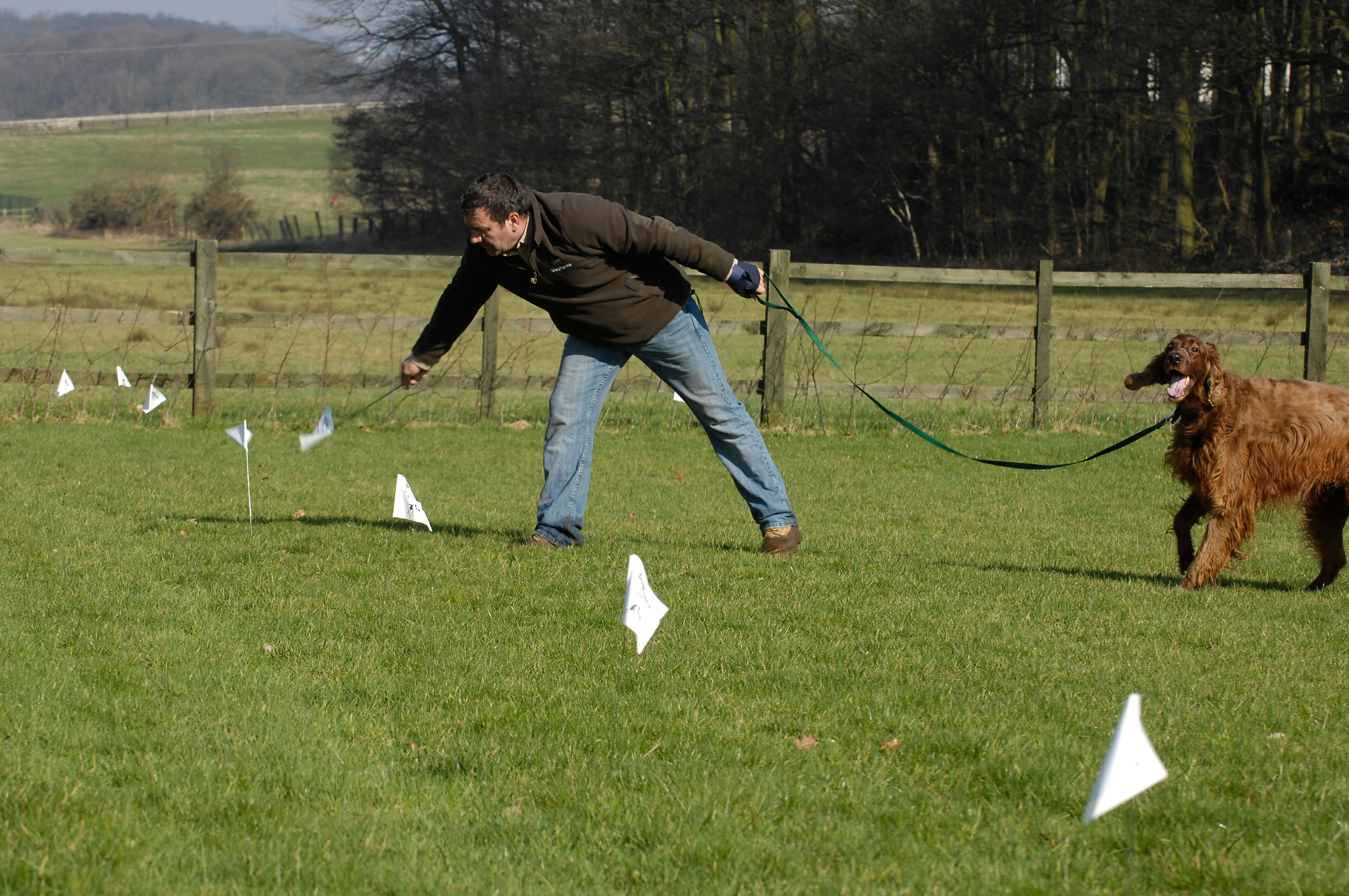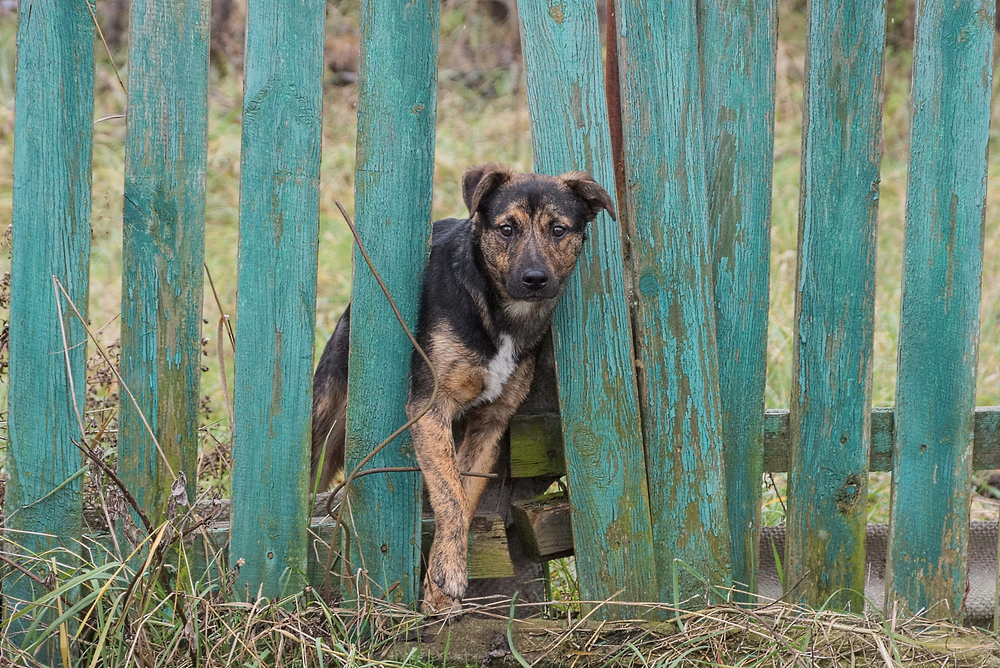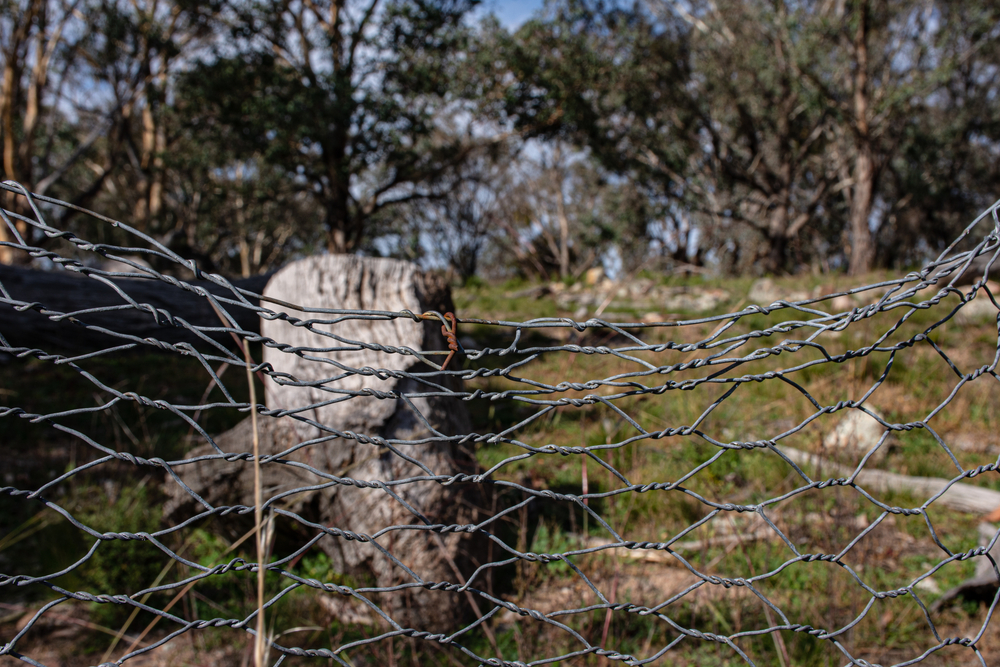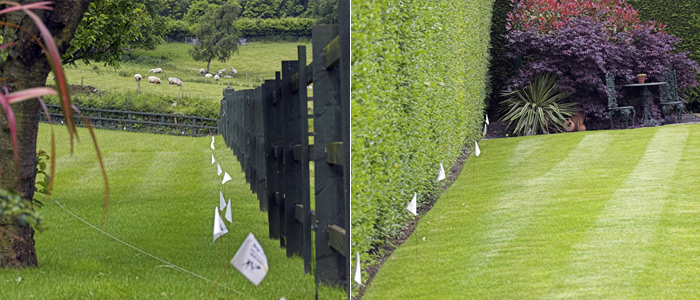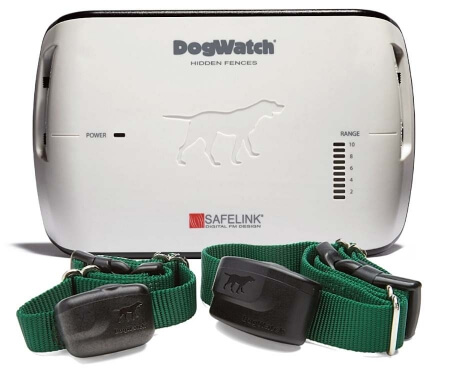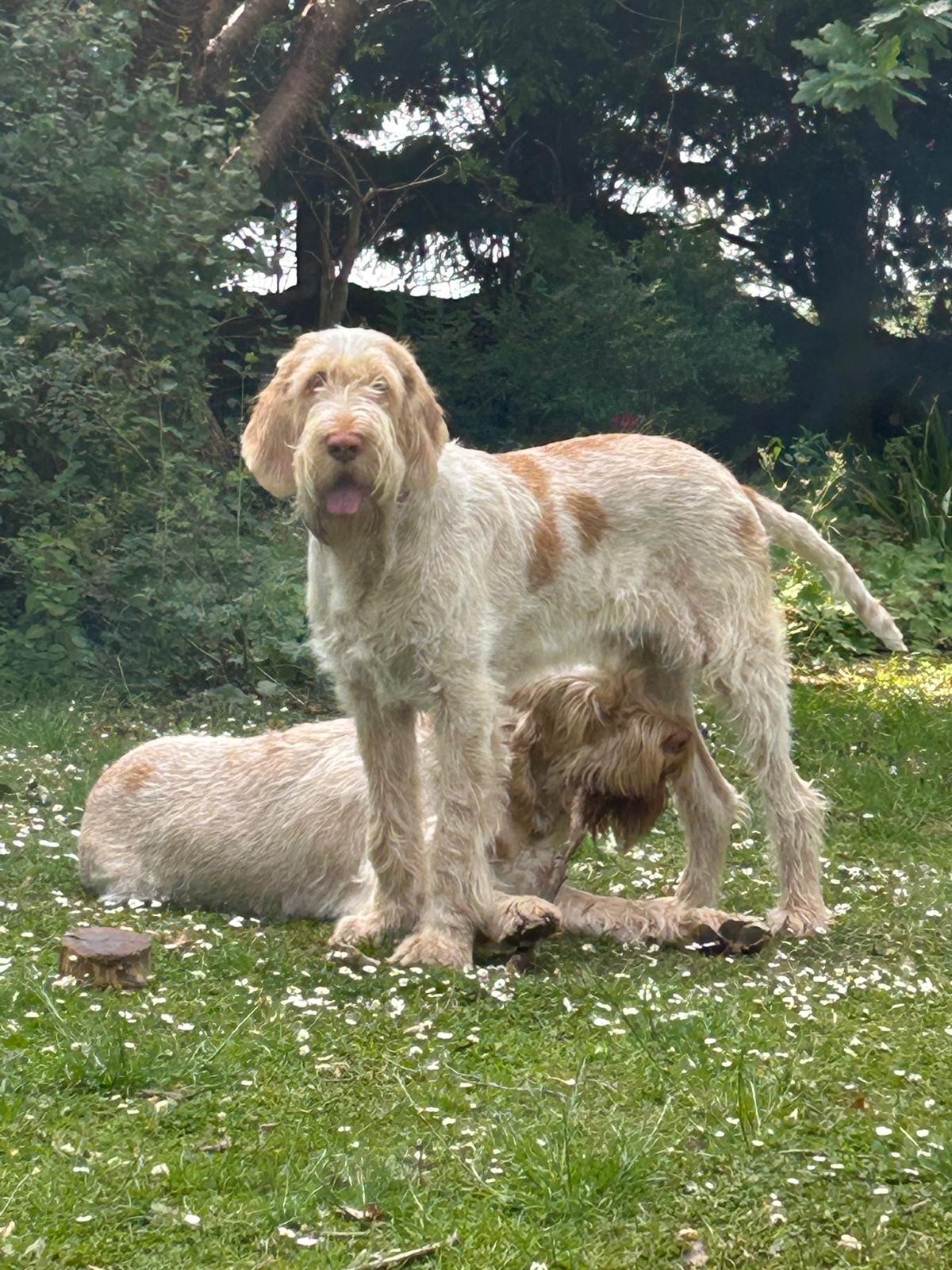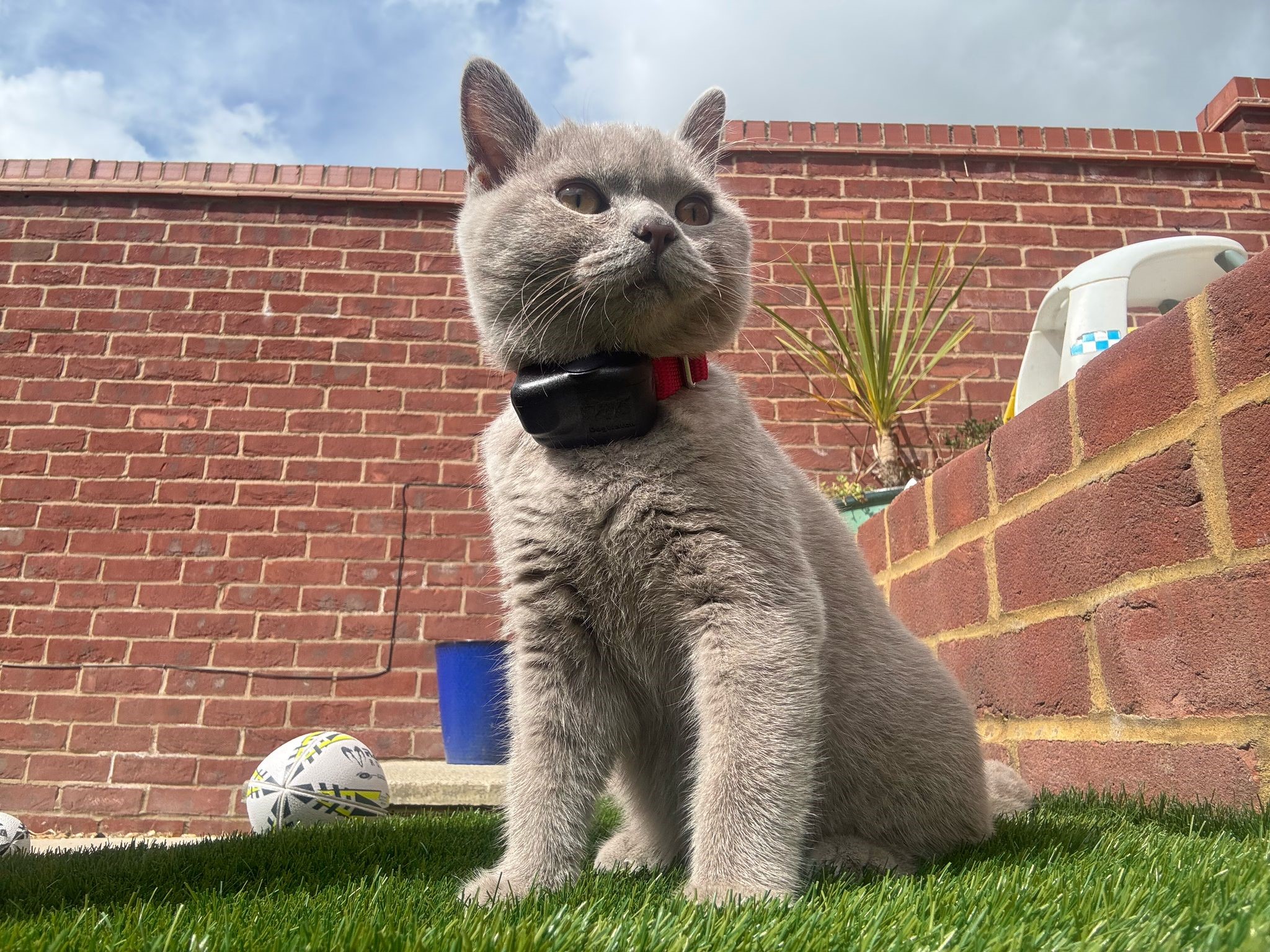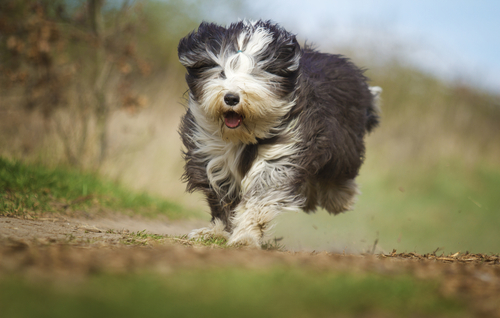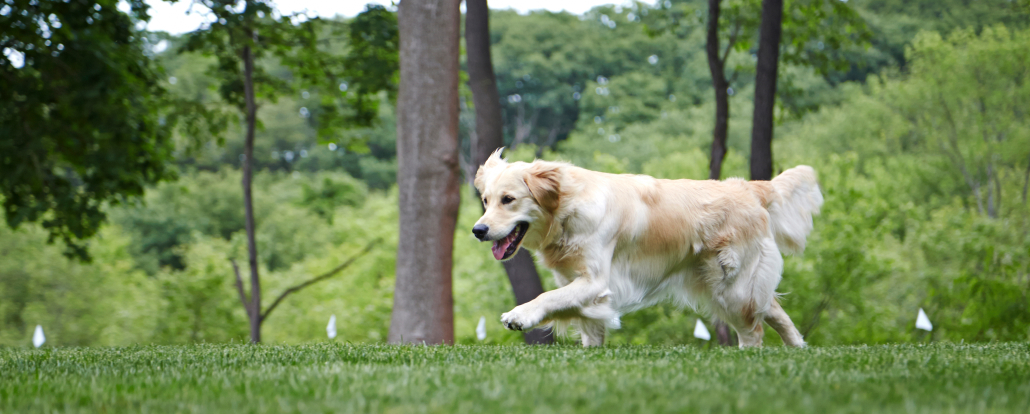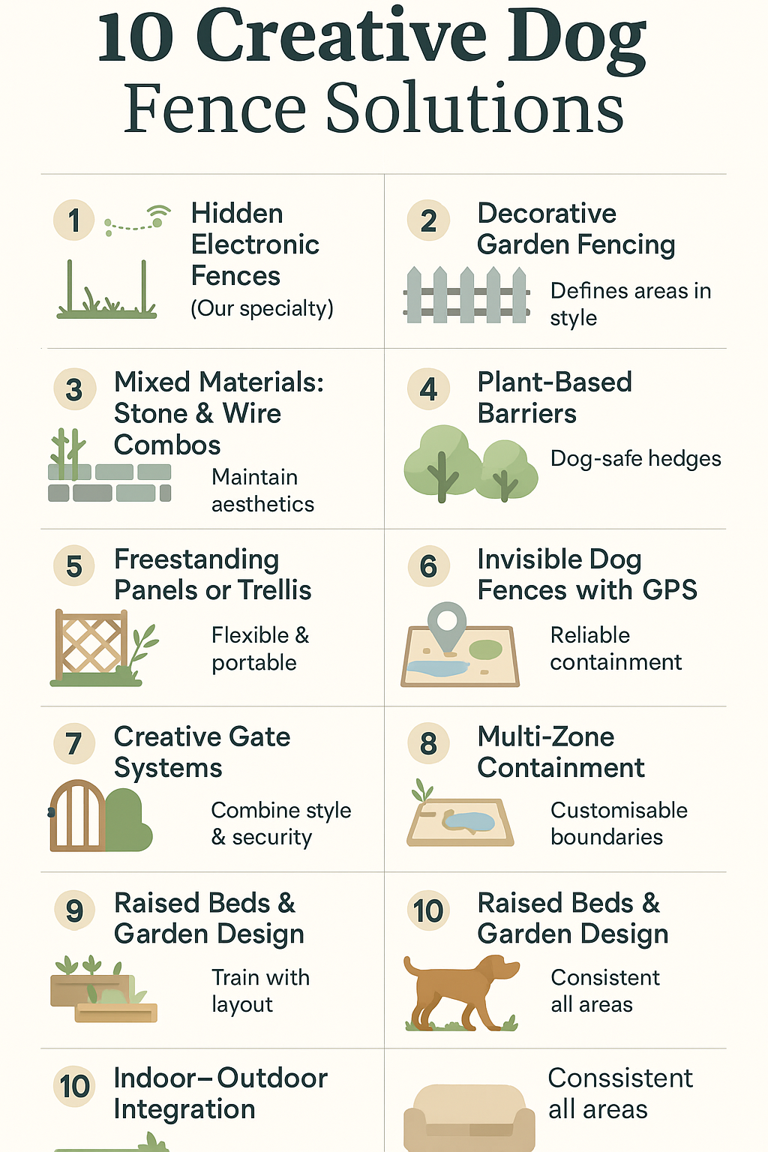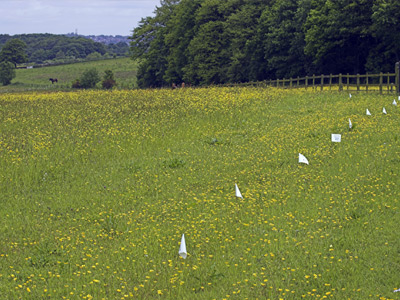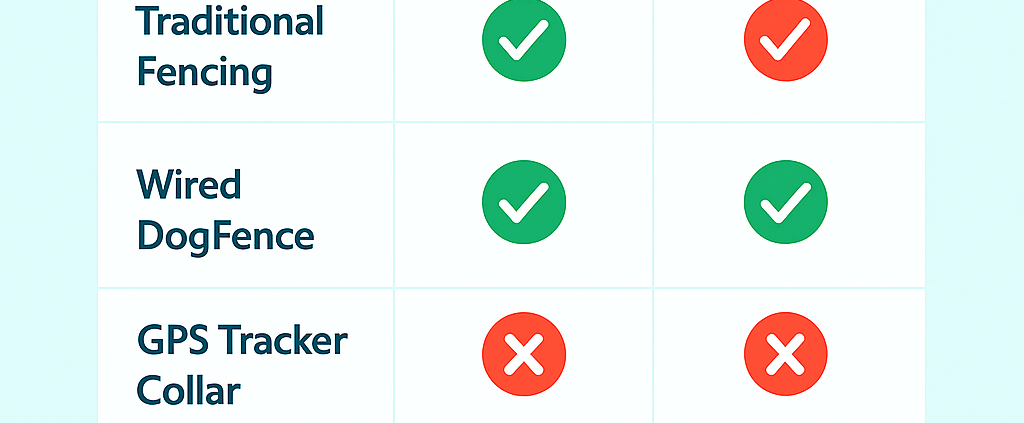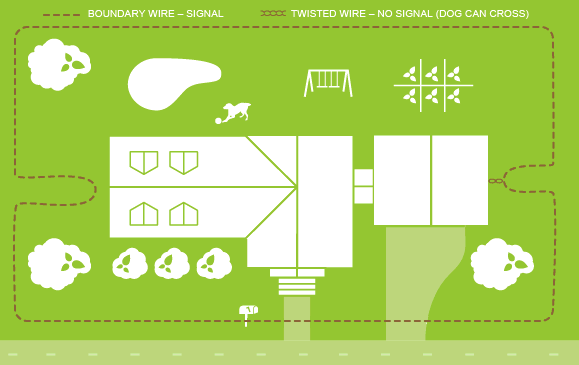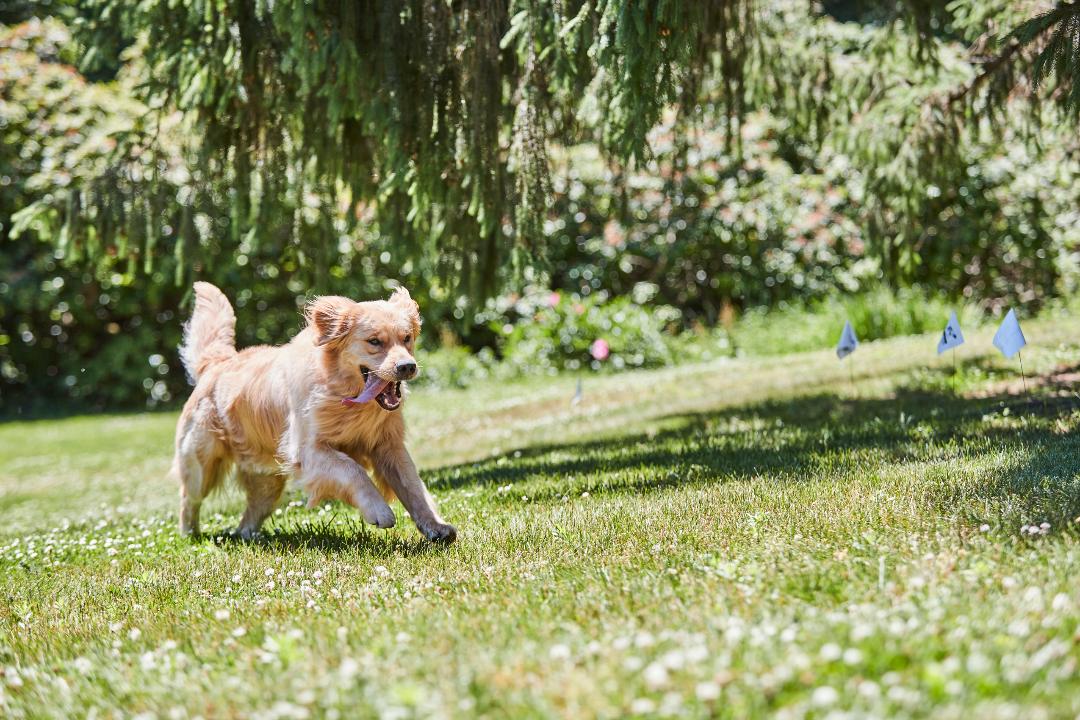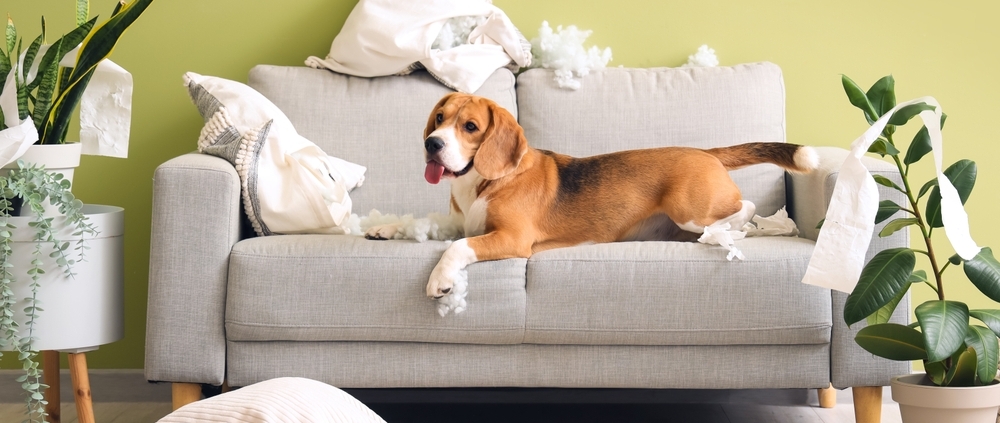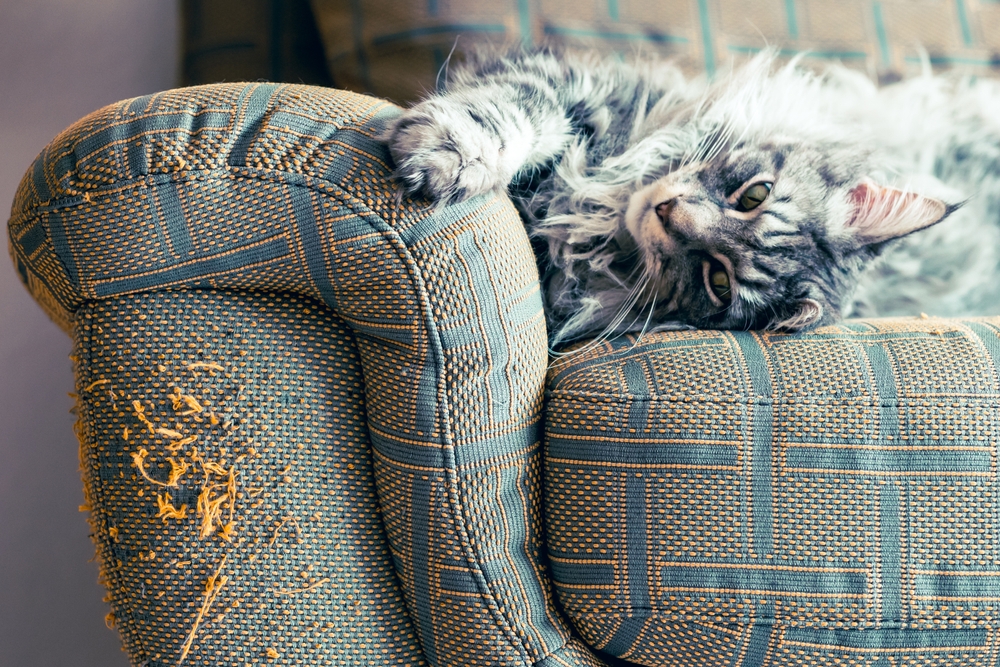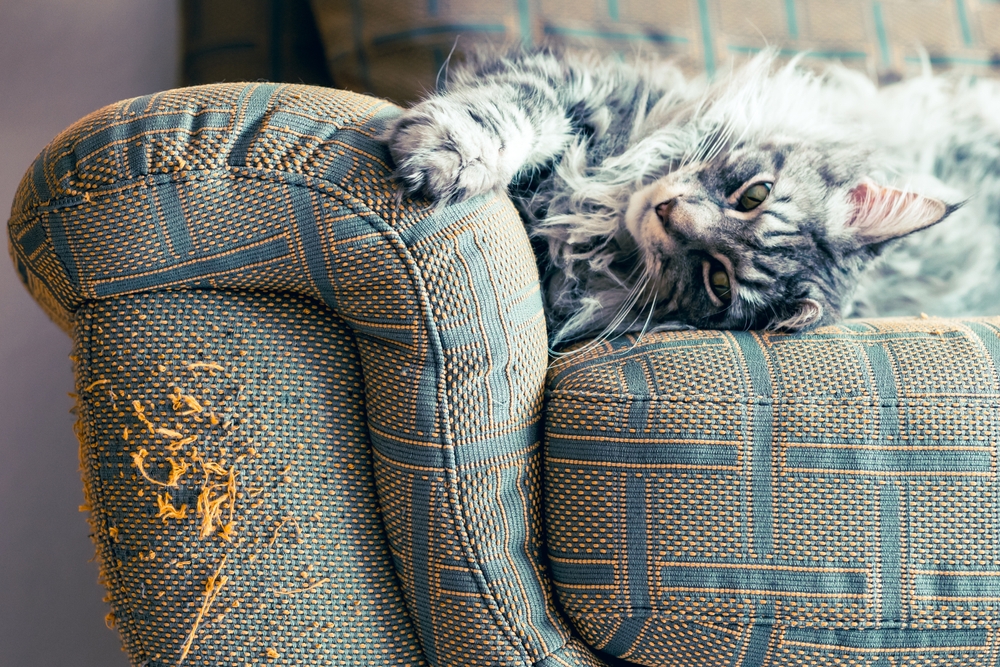Dog Fencing for Rental Properties: Safe, Temporary Solutions That Work
Dog Fencing for Rental Properties: Safe, Temporary Solutions That Work
Renters often face a dilemma—how do you keep your dog safely contained without making permanent changes to your home or garden? Dog fencing for rental properties is a growing need for tenants who want security for their pets while respecting landlord requirements. Whether you’re in a flat, townhouse, or countryside cottage, we’ve got containment options that work without causing damage or risking your deposit.
Why Dog Fencing for Rental Properties Needs Special Consideration
Unlike homeowners, tenants don’t have the freedom to install traditional fences or drill into walls. This makes dog fencing for rental properties a challenge—but not an impossible one. Landlords typically have strict rules about altering the property, especially when it comes to outdoor spaces, driveways, and garden layouts.
Top Temporary Solutions for Dog Fencing in Rental Homes
Below are the most effective dog fencing for rental properties options that balance safety, portability, and non-invasive setup:
1. Portable Electronic Dog Fences
Our DogFence DIY kits offer a semi-permanent solution ideal for renters. These systems use a hidden boundary wire and a lightweight receiver collar to create an invisible barrier. No permanent digging is required for small setups, and the fence can be lifted and re-installed when you move. These fences are:
-
Safe and vet-approved
-
Programmable for your dog’s size and temperament
-
Suitable for gardens, patios, and even internal boundaries
Learn more about our DIY dog fences – starting from just £299.
2. Freestanding or Expandable Play Pens
Expandable dog pens are another go-to for indoor or patio use. While they don’t provide the same range as electronic fences, they’re useful for small dogs or temporary containment. However, they’re not escape-proof for determined pets. These are often referred to as “puppy play pens”.
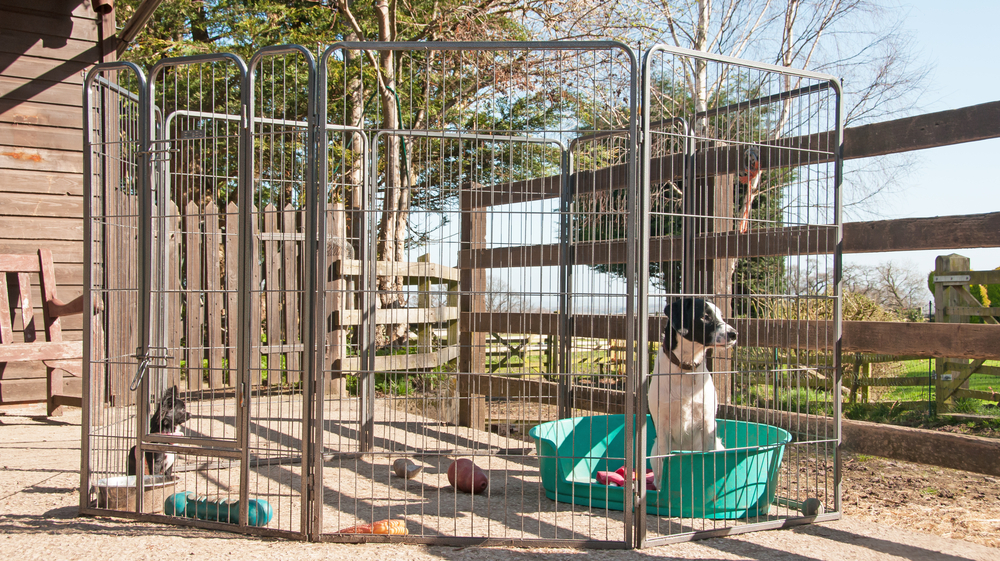
A portable dog pen provides basic containment but is restrictive and limits space. In contrast, DogFence systems offer full garden access with safe, invisible boundaries – perfect for rental properties.
3.Mesh or Foldable Temporary Fencing Panels
These panels can be set up without nails, screws, or drilling. Lightweight and modular, they offer an affordable dog fencing for rental properties option—but may be less durable in the long term.
What to Avoid When Choosing Dog Fencing for Rental Properties
Not all fencing is landlord-friendly. Avoid these common mistakes:
-
Digging trenches without permission
-
Screwing posts into external walls or patios
-
Leaving visible damage or cable remnants upon moving out
-
Choosing systems with unreliable collar technology that can lead to escapes
Instead, look for systems designed for easy removal and no permanent impact on the home.
Can I Use an Electronic Dog Fence in a Rental Property?
Yes—but with the right approach. Dog fencing for rental properties must meet two key criteria:
-
Portability: Can it move with you to your next home?
-
Non-invasive installation: Will it leave the property exactly as you found it?
Our DIY DogFence kits meet both requirements and are ideal for renters. They’re easy to install using shallow turf cuts or cable tacking without damage. Our collars are also chew-proof and waterproof, and designed with pet safety in mind.

With DogFence’s hidden containment systems for rental properties, dogs can safely enjoy full garden freedom without fences, posts, or pens – and without risking your landlord’s approval.
Dog Fencing for Flats and Indoor Use
If you live in a flat or an urban rental, keeping your dog secure indoors is just as important. Consider:
-
Baby gates or pressure-mounted pet barriers
-
Zoned training using receiver collars indoors
-
Smart pet monitoring systems
These complement your dog fencing for rental properties setup and ensure safety even when you’re away. An indoor fence can be used to protect the front door, or other areas and is completely portable and unobtrusive.

Our indoor dog fencing system is ideal for rental properties – completely portable, wire-free, and perfect for keeping pets safely out of specific rooms without altering your home.
Dog Fencing and Your Landlord: How to Stay Compliant
When installing dog fencing for rental properties, always:
-
Check your lease for pet clauses
-
Ask for written permission before installing outdoor systems
-
Choose fencing that is removable and leaves no trace
-
Offer to restore any disturbed lawn or turf before moving out
- Remember with a dog fence, the cable can be loose laid
We provide written installation guidelines to help reassure landlords.
Many renters across the UK have successfully used DogFence’s DIY systems to contain their pets safely—without damaging their property or risking their deposit.
Get Expert Help With Dog Fencing for Rental Properties
Choosing the right dog fencing for rental properties can feel overwhelming. That’s where we come in. With over 22 years of experience and 20,000 pets safely contained, DogFence Ltd can help you find a system that suits both your home and your landlord.
FAQs About Dog Fencing for Rental Properties
Is electronic dog fencing legal in rental homes?
Yes, but it must be installed in a way that complies with your lease. Always seek approval from your landlord.
Can I remove the system when I move?
Absolutely. Our DIY systems are designed to be lifted, moved, and reused elsewhere.
Is it suitable for large or active dogs?
Yes. Our receiver collars are programmable and work for dogs of all sizes, including high-energy breeds.
Does the cable have to be buried or nailed?
No, the cable can be lose laid on the surface, tied to a fence or threaded through a hedge.
Can the dog fence be used on the driveway?
Yes, the cable can be threaded through a hose pipe and lose laid on the driveway.
Why Choose DogFence for Rental Property Fencing?
-
✅ Industry-leading technology with FM digital safety
-
✅ Lightweight, waterproof, chew-proof collars
-
✅ Lifetime warranty on installed systems
-
✅ Personalised training and UK-based support
-
✅ Suitable for both dog and cat containment
Call Now or Get a Quote for Dog Fencing for Rental Properties
Whether you’re renting a flat or a countryside home, we can help keep your dog safe.


